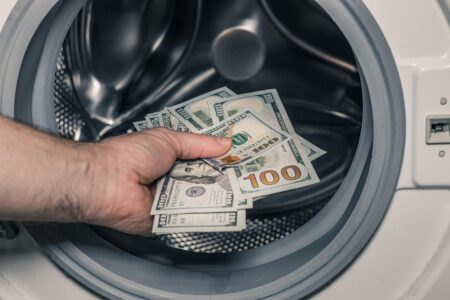As noted last week, small-cap stocks began to outperform after the jobs report on June 2 was mixed enough to allow the Federal Reserve to refrain from raising short-term interest rates this week. Through the end of May, small-cap stocks, as measured by the Russell 2000, were down fractionally for the year, while the S&P 500 was up close to 10%. Since June began, the Russell 2000 rose 6.6% versus the S&P 500 at 2.9%.
The relative valuation of small company stocks supports continued outperformance versus large-cap stocks. Small-cap stocks sell for 14.4 times 2023 estimated earnings, while the S&P 500 is 19.5 times. The valuation gap is near the largest since the dot com bubble.
An important thing to note is the most widely used index for small-cap stocks, the Russell 2000, currently has over 42% of its constituents earning no profits. That percentage is well above the long-term average and could go higher if the economy enters into recession later in the year.
Setting aside recession probabilities, rising corporate debt costs seem poised to pressure the bottom line of more companies. The Covid period almost certainly marked the low in corporate debt costs.
Chair Powell has been transparent with his preference to pause the rate hikes, and the jobs report looked mixed enough to give the Federal Reserve cover to stick with the wait-and-see plan. Odds favor the Fed holding short-term interest rates steady on Wednesday and reconsidering at the July meeting. The only economic release between now and the Fed meeting that could change this path is Tuesday’s consumer inflation (CPI) reading. Still, market action suggests this is a low probability. A pause in rate hikes is likely supportive of small-cap stock performance since it raises the likelihood that the U.S. economy can avoid a recession, and small caps tend to be more economically sensitive.
Small-cap stocks tend to outperform larger companies over the long term, and the current relative valuation makes an allocation more attractive. Unfortunately, valuation is a poor timing tool, but relative performance has recently turned and could persist. With the high risk of recession and many profitless small companies, properly implementing a small-cap allocation is crucial. Investors should consider either an active manager or the S&P 600, which focuses on profitable small companies. An investment in the S&P 600 index can be efficiently and cheaply implemented using the iShares Core S&P Small-Cap ETF (IJR
IJR
Read the full article here









